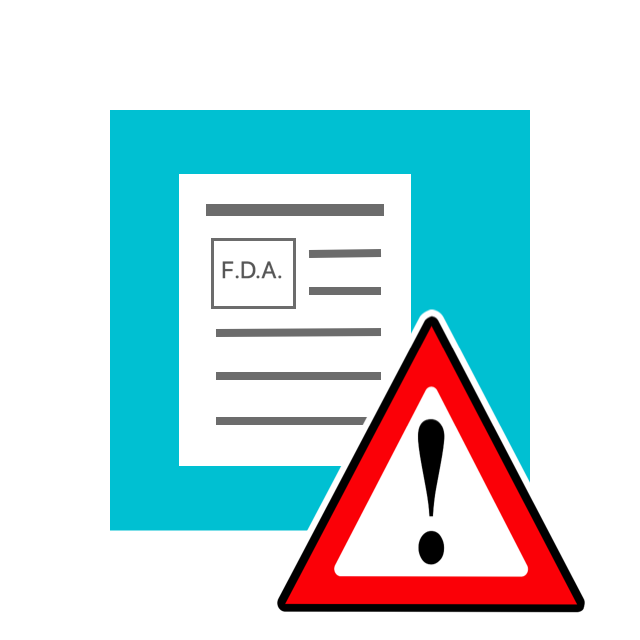Research presented at the 2018 AAAAI/WAO Joint Congress suggests that unmetabolized folic acid levels at birth are associated with an increased risk of food allergy.
READ ARTICLE HIDE ARTICLE
Research presented at the 2018 AAAAI/WAO Joint Congress suggests that unmetabolized folic acid levels at birth are associated with an increased risk of food allergy.
Orlando, FL - Research being presented at the 2018 American Academy of Allergy, Asthma & Immunology (AAAAI) and World Allergy Organization (WAO) Joint Congress suggests that folic acid exposure in utero could have an effect on whether children develop food allergy.
Folate, or vitamin B9, is available in both natural and synthetic forms. Folic acid is the synthetic form of folate and is often recommended to pregnant women as a way of preventing neural tube defects in their children, like spina bifida. When folic acid is consumed in higher quantities, some of this folic acid is not metabolized and circulates in the blood as “unmetabolized folic acid.”
In a nested case control study performed in the Boston Birth Cohort, scientists found that higher levels of unmetabolized folic acid measured at birth was associated with the development of food allergy.
A subset of children in the cohort were tested at birth and early life for their levels of unmetabolized folic acid and the main folate metabolite involved in biochemical processes in the body,
5-methyltetrahydrofolate (5-MTHF). Diet, clinical history and specific-IgE to common food allergens were also assessed in early life. Out of the 1,394 children included in this study, 507 had a food sensitization and 78 had a food allergy.
“Interestingly, while the mean total folate levels at birth were lower among the children that developed a food allergy, mean levels of the synthetic folic acid derivative, unmetabolized folic acid, were higher,” said author Emily McGowan, MD.
The authors suspect that increased levels of unmetabolized folic acid may be due to increased exposure to synthetic folic acid in utero or underlying genetic differences.
“More research is needed to conclude whether mothers should consider consuming different sources of folate like leafy green vegetables, citrus fruits, beans or lentils instead of synthetic forms of folate,” said author Corinne Keet, MD, MS, PhD.
Total folate, levels of 5-MTHF and unmetabolized folic acid concentrations in the early life of children were not associated with food allergy. The association between unmetabolized folic acid and food allergy only seems to be present at birth.
For more information on
food allergy
or the AAAAI/WAO Joint Congress, visit
aaaai.org
. Research presented at the AAAAI/WAO Joint Congress, March 2-5 in Orlando, Florida, is published in an
online supplement to The Journal of Allergy and Clinical Immunology, an official journal of the AAAAI
.
The American Academy of Allergy, Asthma & Immunology (
AAAAI
) represents allergists, asthma specialists, clinical immunologists, allied health professionals and others with a special interest in the research and treatment of allergic and immunologic diseases. Established in 1943, the AAAAI has more than 7,000 members in the United States, Canada and 72 other countries. The AAAAI’s
Find an Allergist / Immunologist
service is a trusted resource to help you find a specialist close to home.
The World Allergy Organization (
WAO
) is an international alliance of 97 regional and national allergy, asthma, and immunology societies. Through collaboration with its Member Societies WAO provides a wide range of educational and outreach programs, symposia and lectureships to allergists/immunologists around the world and conducts initiatives related to clinical practice, service provision, and physical training in order to better understand and address the challenges facing allergists/immunologists worldwide.
Additional Information
Food Allergy Symptoms, Diagnosis, Treatment & Management »
Learn More from AAAAI





